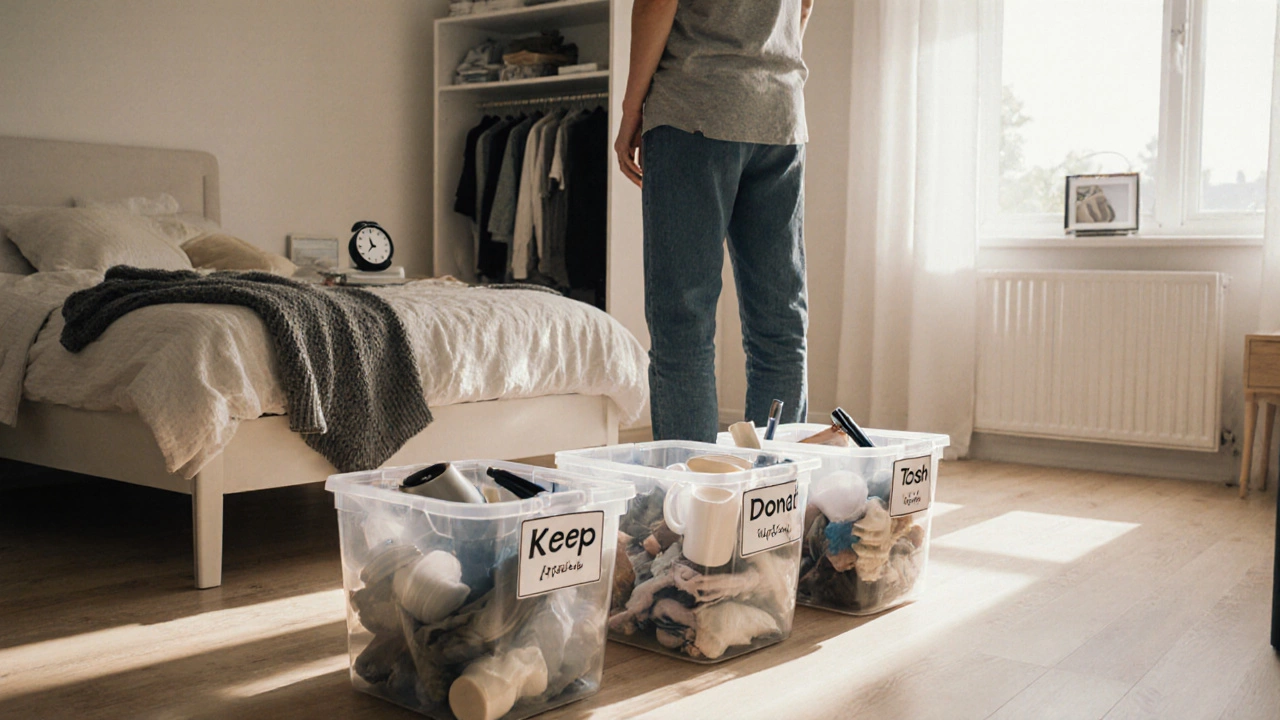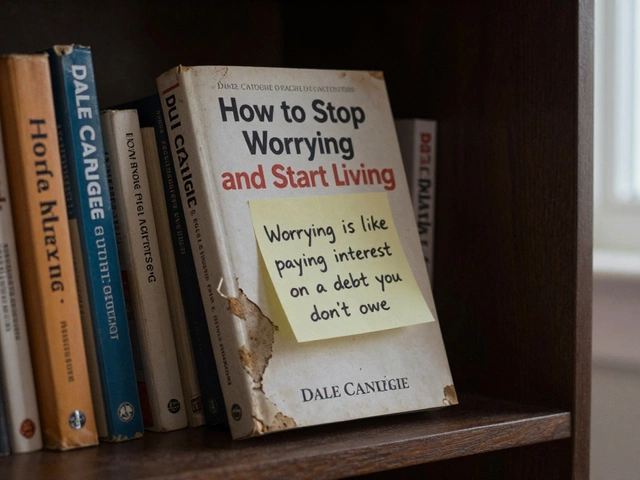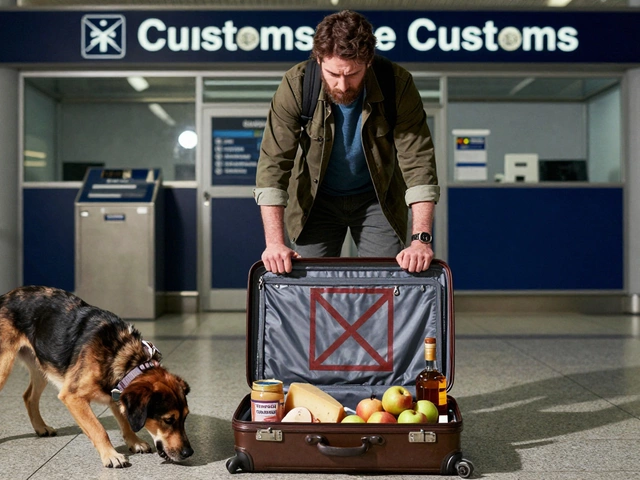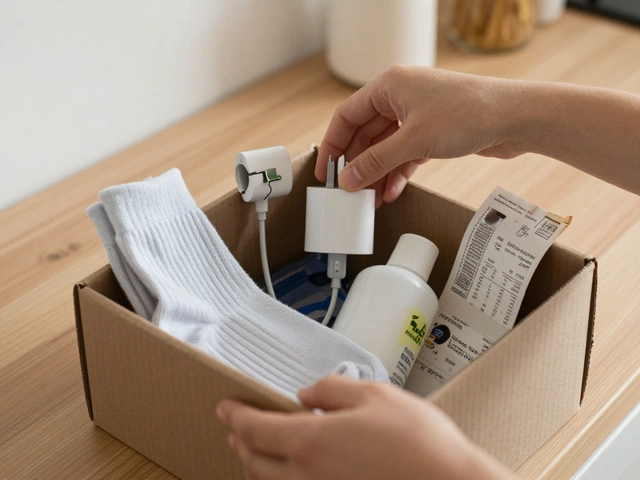Decluttering Progress Tracker
12-12-12 Decluttering Tracker
Timer
12:00Current Category
Pile Summary
Keep
Items to keep
Donate
Items to donate
Toss
Items to toss
Progress Report
Start your first 12-minute session by selecting a category and clicking "Start 12-Minute Session".
Imagine walking into a room and, after just 12 minutes, you’ve cleared a third of the clutter. That’s the promise of the 12-12-12 rule - a bite‑sized, timed approach that turns a daunting clean‑up into a series of quick, doable bursts.
Quick Takeaways
- Spend 12minutes gathering 12 items to keep, 12 to donate, and 12 to toss.
- Repeat the cycle as needed; each round trims down clutter by 36 pieces.
- Works for any space - closets, kitchen drawers, digital files.
- Combines the psychology of habit loops with a clear, measurable outcome.
- Flexible enough to pair with other systems like KonMari or the 4‑Box method.
What is the 12‑12‑12 Rule?
12‑12‑12 rule is a decluttering framework that asks you to sort items into three piles - keep, donate, and discard - using a timer set for twelve minutes and aiming for twelve items in each pile. It was popularized by organizing coach Peter Walsh in his 2013 book “Not So Fast, My Friend”. The rule’s appeal lies in its simplicity: you never need to decide the fate of more than a handful of objects at once, and the timer adds a sense of urgency that keeps you from stalling.
How the Rule Works - Step‑by‑Step
- Set a timer for 12 minutes. Choose a category (e.g., shirts, kitchen utensils, old receipts) and gather everything in that zone.
- Pick 12 items you love or use daily. These go into the “Keep” pile. Ask yourself, “Would I reach for this in the next month?”
- Select 12 items to donate. Look for items in good condition that you no longer need. Place them in a bag or box ready for a charity drop‑off.
- Identify 12 items to toss. These are broken, expired, or beyond repair. Recycle whenever possible.
- Stop when the timer rings. Even if you haven’t reached 12 in a pile, stop. The break reinforces the habit loop.
- Repeat. After a short pause, start a new 12‑minute round with a fresh category.
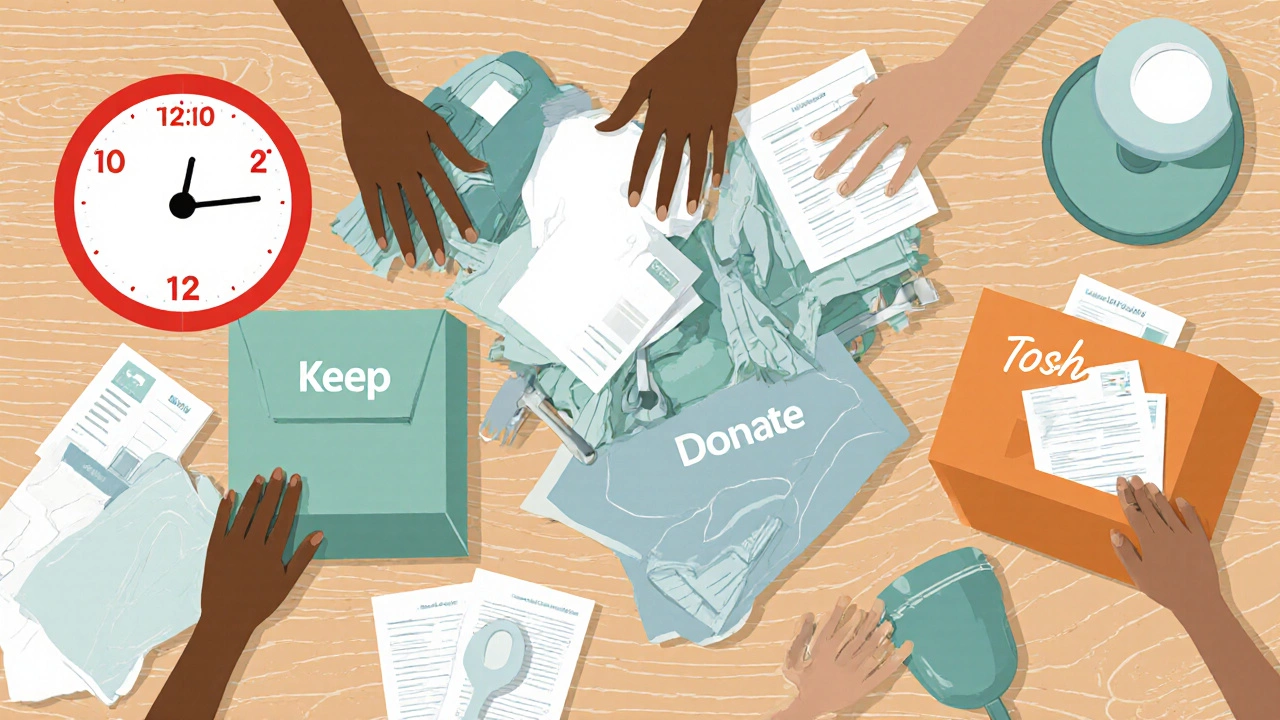
Why It Works - The Psychology Behind the Timer
Habit formation relies on a cue‑routine‑reward loop. The timer serves as a cue, the sorting act as the routine, and the visual progress (seeing three neat piles) provides immediate reward. This structure reduces decision fatigue, a common obstacle in larger decluttering projects.
Research from the University of Queensland (2023) shows that tasks completed in under 15 minutes increase dopamine release, making you more likely to repeat the behavior. By keeping each session short, the 12‑12‑12 rule taps into that neurochemical boost.
Applying the Rule Room by Room
Below are practical examples for three common areas. Feel free to adapt the numbers - the core idea is 12‑minute, 12‑item increments.
- Closet: Pull out all shirts. In 12 minutes, place 12 favorite shirts back, 12 for donation (out‑of‑style or out‑of‑size), and 12 for discard (stains, holes).
- Kitchen drawers: Gather all utensils. Keep the 12 you use most (spatula, ladle, etc.), donate 12 that are duplicates or rarely used, toss 12 that are warped or rusted.
- Digital files: Open your “Downloads” folder. Keep 12 files you need now, move 12 to a cloud archive, delete 12 old installers or duplicates.
When a category runs out of items before you hit 12 in each pile, move on to the next category. The rule isn’t about exact counts; it’s about maintaining momentum.
How It Stacks Up Against Other Methods
| Method | Core Principle | Typical Timeframe | Sorting Criteria | Best For |
|---|---|---|---|---|
| 12‑12‑12 rule | Timed micro‑sessions, three piles | 12‑minute rounds | Keep / Donate / Discard | Busy professionals, beginners |
| KonMari method | Keep only items that spark joy | Weeks to months | Joy‑spark test | Detail‑oriented declutterers |
| 4‑Box method | Four categories: keep, donate, sell, trash | Varies; often full‑day sessions | Same as 12‑12‑12 but adds “sell” | People looking to earn extra cash |
All three approaches share the goal of reducing excess, but the 12‑12‑12 rule’s time limit makes it the most approachable for those who feel overwhelmed. You can even blend methods - use the 12‑minute timer to get through a KonMari “joy spark” test faster.
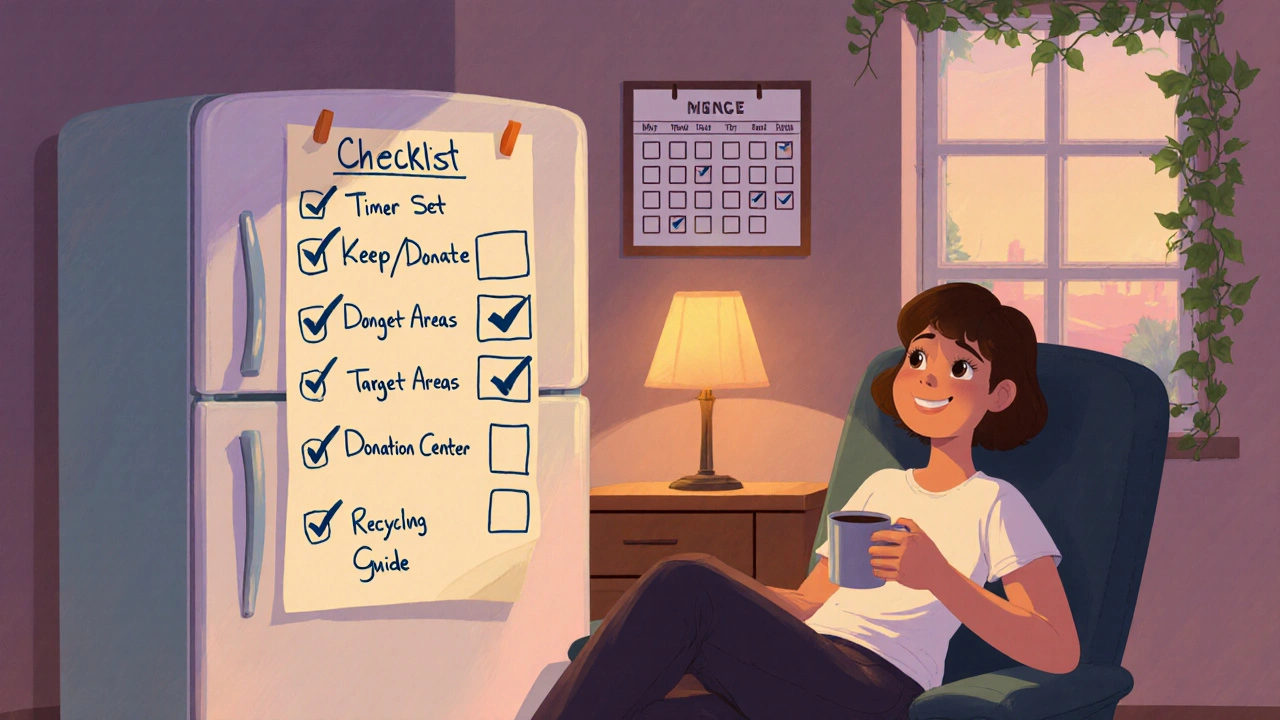
Tips to Avoid Common Pitfalls
- Don’t over‑think each item. If a decision takes more than a few seconds, put it in a “maybe” box and revisit later.
- Set realistic expectations. The rule isn’t a magic wand; expect gradual progress over several sessions.
- Use proper recycling bins. When discarding, separate paper, plastic, and e‑waste to minimize landfill impact.
- Plan donation drop‑offs. Schedule a weekly trip to a local charity to keep the “donate” pile from piling up.
- Celebrate small wins. After each 12‑minute round, note how many items you cleared; visual progress fuels motivation.
Checklist - Your 12‑12‑12 Quick‑Start Sheet
- ☐ Timer (phone or kitchen timer) set to 12 minutes
- ☐ Three boxes or bags labeled Keep, Donate, Toss
- ☐ List of target areas (e.g., shirts, pantry, digital folder)
- ☐ Nearby donation center address
- ☐ Recycling guide for your city (Sydney: Council’s recycle chart)
Print this sheet, stick it on your fridge, and tick off each round. The visual cue helps turn the routine into a habit.
Frequently Asked Questions
Can I use the 12‑12‑12 rule for digital clutter?
Absolutely. Treat emails, downloads, or desktop icons the same way you treat physical items - 12 to keep, 12 to archive, 12 to delete. The timer prevents endless scrolling and keeps the task manageable.
What if I can’t find 12 items for one of the piles?
Don’t force it. If you have only 5 items to toss, stop the round when the timer ends. The rule is flexible - the goal is consistent action, not exact counts.
How often should I repeat the 12‑minute sessions?
For best results, aim for at least one session per day or three to four sessions per week. Consistency solidifies the habit loop and prevents clutter from rebuilding.
Is the method suitable for large homes?
Yes. Break the house into zones - each room becomes a series of 12‑minute rounds. Over a few weeks you’ll have tackled the entire space without burnout.
How does the rule align with sustainable living?
By funneling items into donation or recycling, the rule reduces landfill waste and extends product lifespans. It also encourages mindful consumption, a core tenet of sustainable living.

